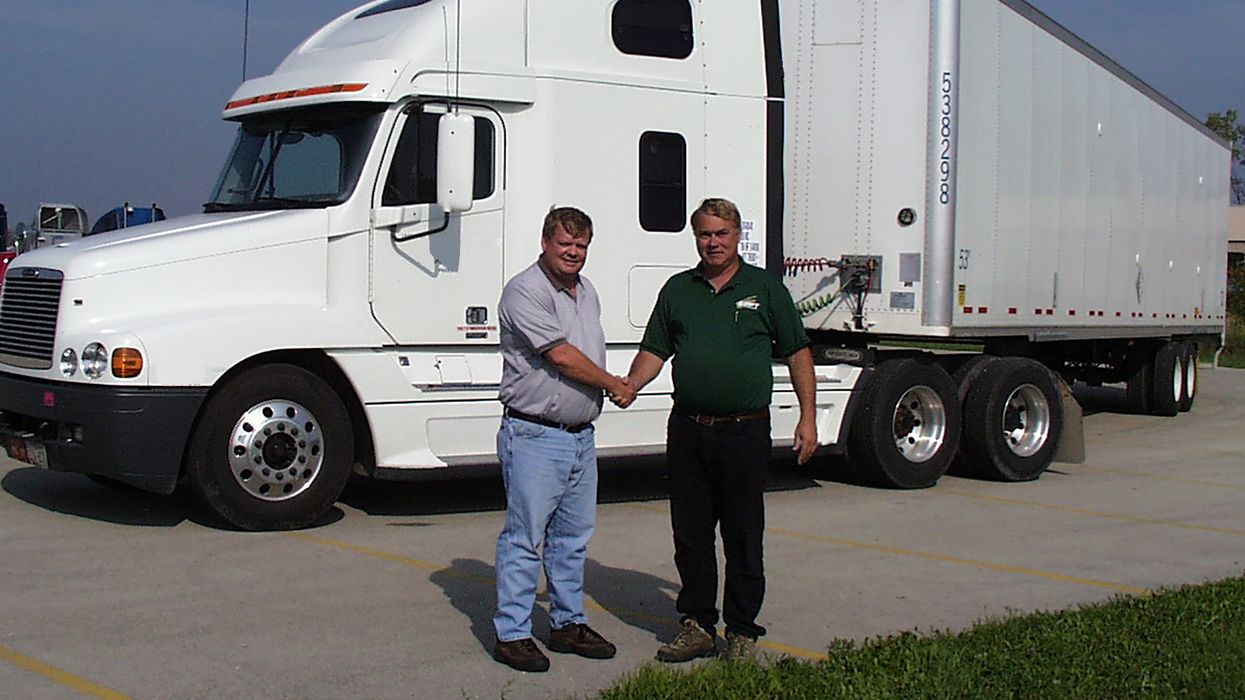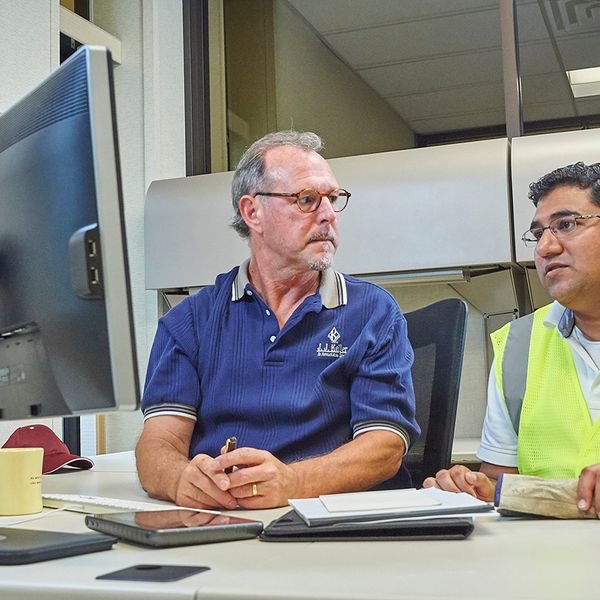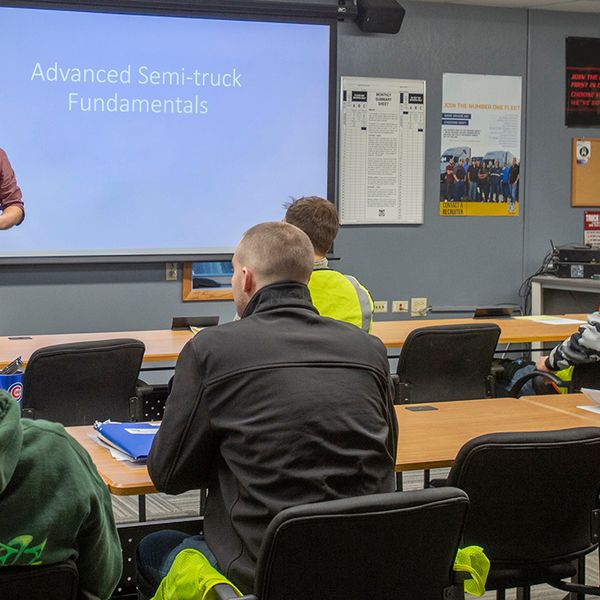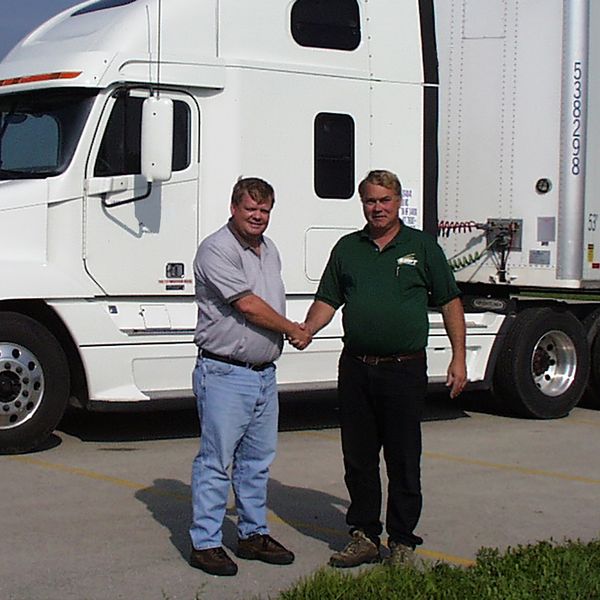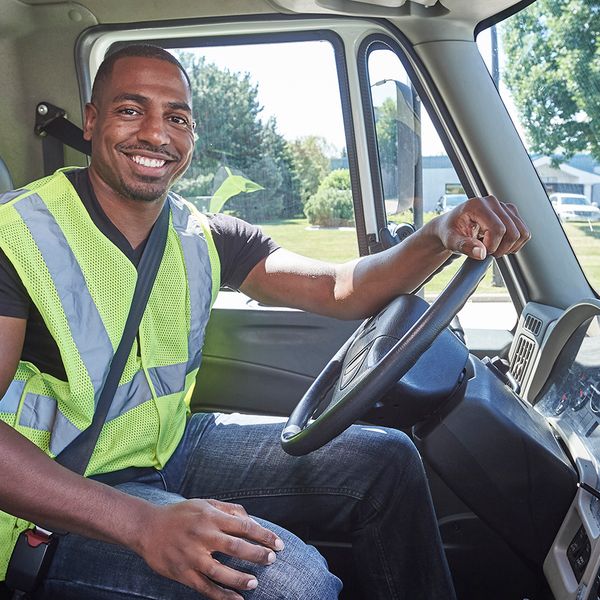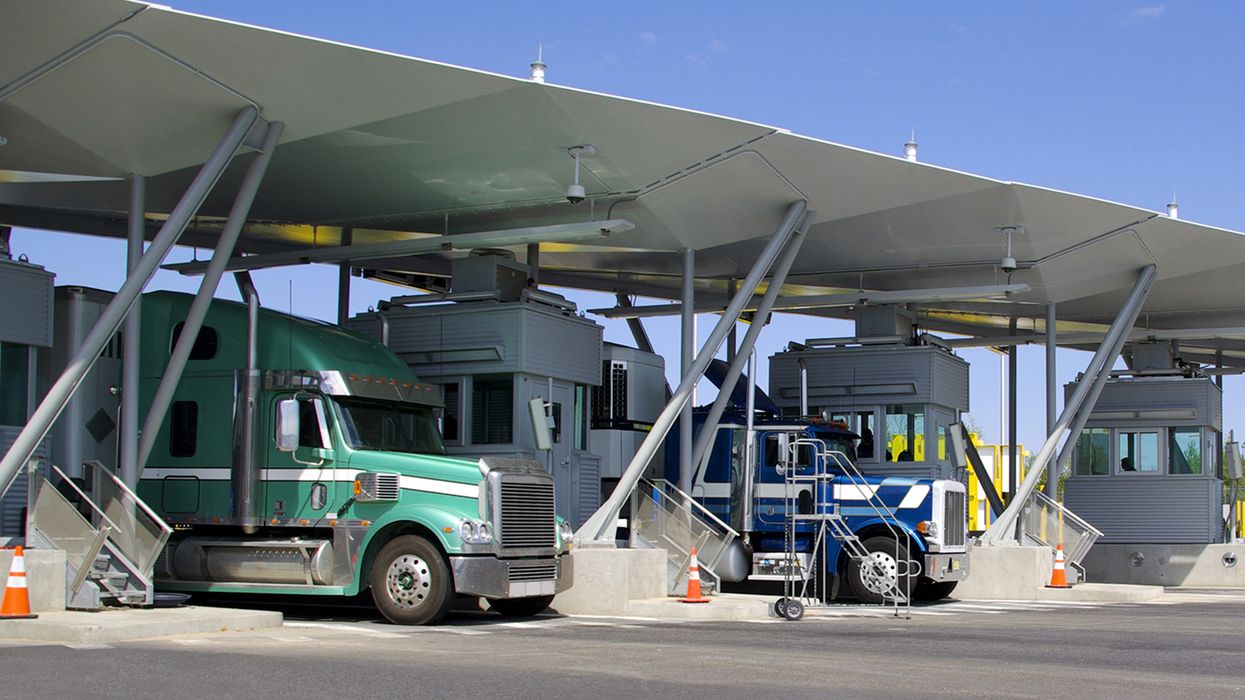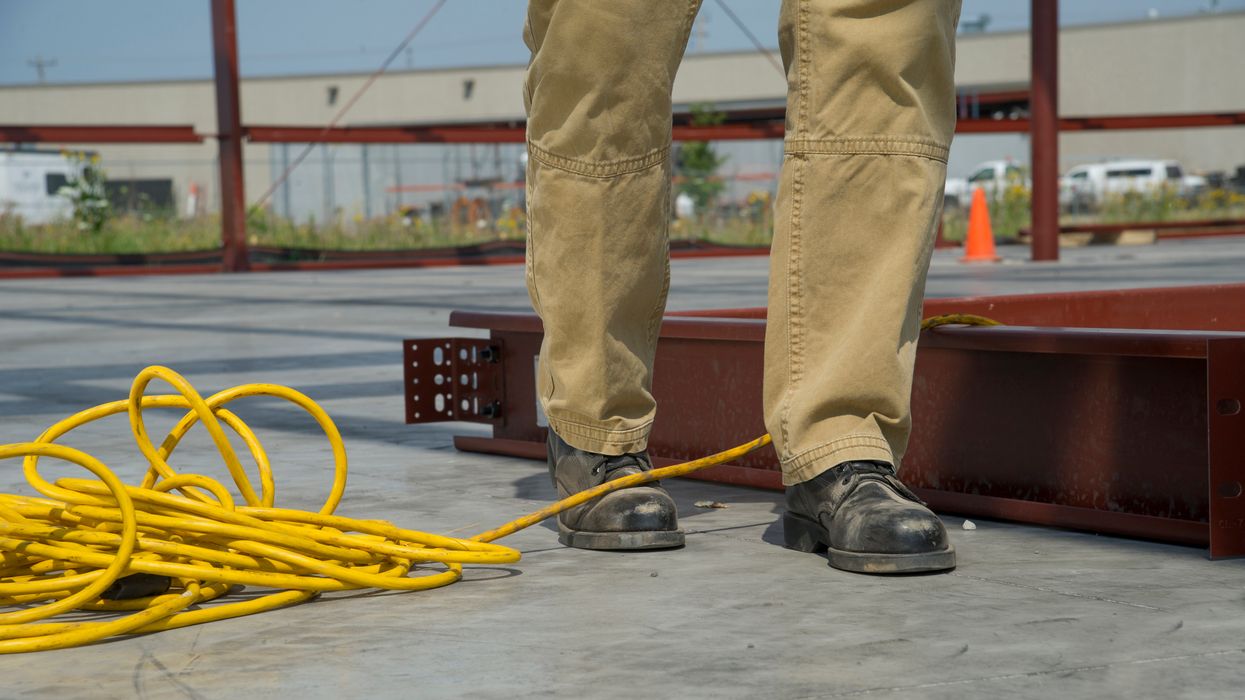Trading places – Supervisor ride-alongs and driver sit-ins foster empathy, trust, and respect
Drivers, like most employees, usually quit their bosses, not the company. Relationship building over the phone is possible but often made more robust by in-person contact. Drivers and driver supervisors should spend time with each other to understand their respective roles and challenges.
Conversations tend to go more smoothly after trust, empathy, and respect is established. Absent this foundation, suspicions and misconceptions may put the relationship on a tenuous footing.
Two policies that can help retain drivers are:
- Require supervisors to ride along with a driver early in their tenure and annually thereafter; and
- Require supervisors to invite drivers to sit in with them while they work and ask questions.
Supervisor ride-along
Imagine a driver calling a supervisor to tell them a load would be late because they were stopped for two hours on Interstate 5 in Seattle at 2:30 a.m. while a sign was replaced over the freeway. Also, there was an hour-and-a-half delay because of a fuel card system issue, and the driver could not leave for the delivery.
The above story would have been unbelievable had the supervisor not been along for the ride.
The point of a driver ride-along - aside from remedial training - is to understand the challenges encountered and opportunities to improve the driver’s life on the road. Relationship-building will be difficult with non-stop critiques of the driver’s habits. The point is to speak less, listen and observe more.
Consider these additional guidelines for supervisor ride-alongs:
- Schedule a ride-along within 30 to 45 days of a driver being assigned to the supervisor.
- Review the driver’s recent performance before the ride. Find positive points to share, such as, “I appreciate how conscientious you were with that high-value load last week.”
- Thank the driver for being open to spending time together before the ride starts.
- Share a few items about the supervisor’s life away from work, and without prying, try to learn about the driver’s interests, family, and friends to the extent they are willing to share.
- Ask the driver to teach them something about their job that was not clear or to address supervisor misconceptions. Put the driver in a “one-up” position to show they know much more about specific aspects than the supervisor.
- Ask the driver to share at least two things they want to see change about their role or need for taken care of. Follow-up on those items without fail.
- Thank the driver for sharing their time and invite the driver to sit in with them soon.
Driver sit-in
All drivers perceive what their supervisors and office support personnel do or don’t do. They can base their feelings on misconceptions and not accurately understand their leader’s role and challenges. A dissatisfied driver will tell several others how they feel regardless if their perception is correct.
A driver sit-in for even an hour or two with the following supervisor guidelines can eliminate many misconceptions:
- Introduce the driver to the office and shop teams if that has not already occurred.
- Provide a headset with a splitter, so both parties hear conversations. Share with each caller that the driver is sitting in.
- Ask the driver about their perception and insights of conversations that may have been difficult.
- Show the driver system screens that support them and allow for questions.
- Share the supervisor’s primary duties and challenges to properly support them without blaming others for problems.
- Explain driver performance monitoring, including dash cam video use. Dispel the myth that the cameras are for spying and address the driver’s concerns.
- Thank the driver for taking the time to learn more about the supervisor and office team.
Keys to remember:
Trust, empathy, and respect build strong relationships. To improve retention, invest driver and supervisor time in understanding their respective roles.

